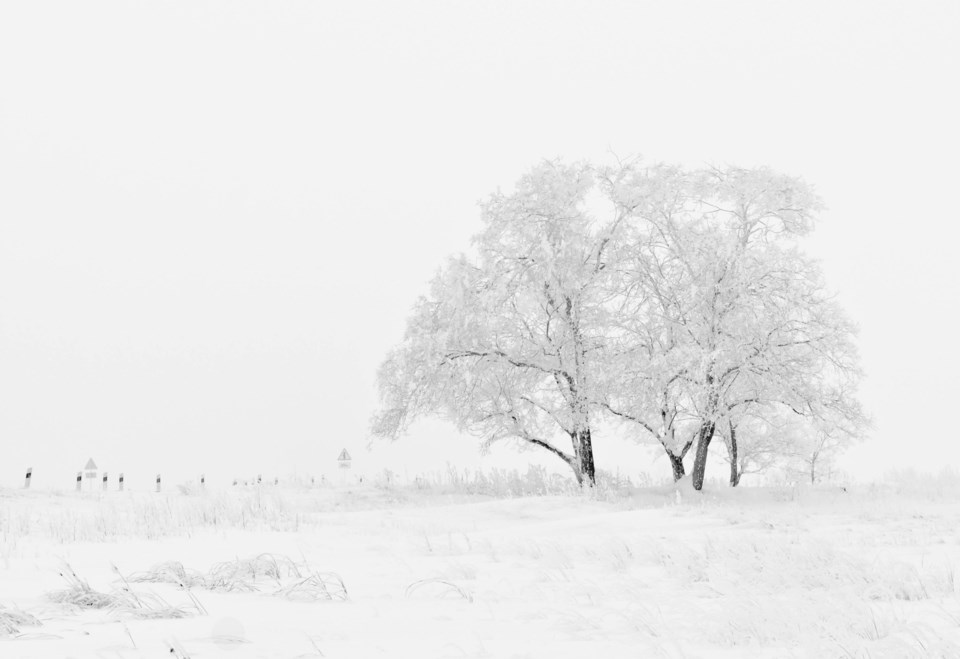REGINA — The Water Security Agency (WSA) is releasing this year's Conditions at Freeze-up Report.
This report summarizes conditions during the late fall/early winter period. Current conditions, in combination with the winter snowpack, become the initial conditions for the spring snowmelt runoff. This report gives an early indication of areas that are more vulnerable to potentially above or below-normal runoff during the spring period. It is important to note that this report is not a spring runoff report. Conditions can change quickly with timely spring rains or significant amounts of snow throughout the season.
"Even though conditions are somewhat drier than normal, this year is still an improvement from last year when moderate to extreme drought conditions were 小蓝视频 observed across the province in October 2023," Minister Responsible for the Water Security Agency Daryl Harrison said.
Despite the general low snowmelt runoff in spring 2024, May and June rains resulted in most large water supply reservoirs 小蓝视频 near or at normal levels throughout the year and they remain this way moving into the winter.
With the dry two months leading up to freeze-up, most of central, northern and southeastern Saskatchewan went into freeze-up with drier than normal soil moisture conditions. Two snowstorms occurred mid-November that brought 10 to 80 cm of snow to Saskatchewan, with east central regions receiving the most snow.
This snowfall could result in two outcomes:
- Insulating the soil and reducing frost penetration, increasing infiltration in the spring, which may reduce runoff.
- Creating frozen topsoil due to partial melting and refreezing, reducing infiltration and increasing runoff.
At this time, there are no areas where WSA believes that there is a heightened risk of above normal spring runoff in 2024.
WSA will continue to monitor conditions throughout the 2024-25 winter. Beginning in early February, Spring Runoff Outlooks will be released on .




